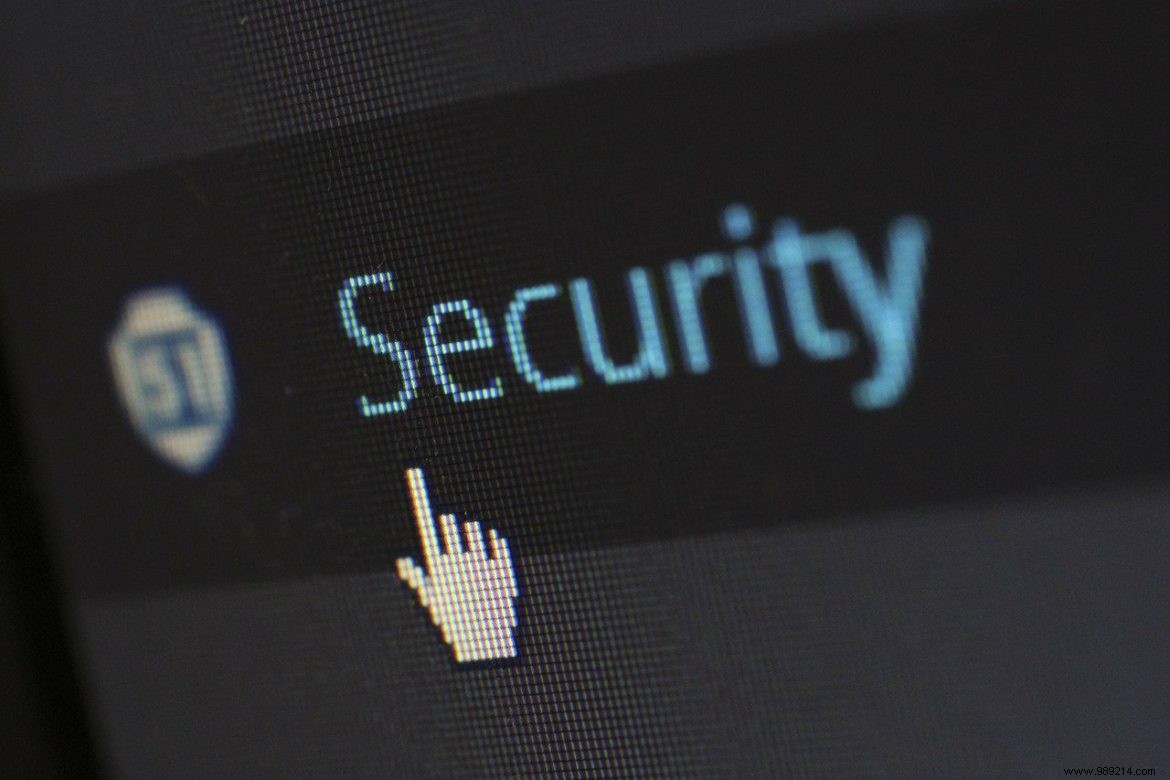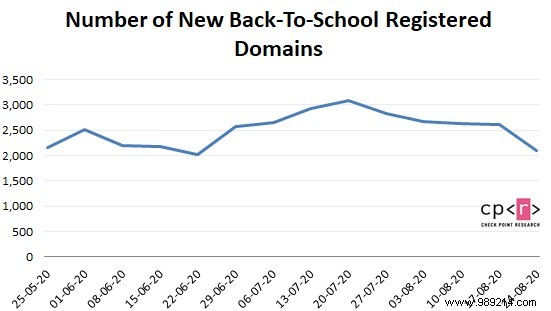
July and August mean back to school for millions of children as they prepare to return to class. However, this year, the start of the school year will be different, and many children will be attending school from home due to the pandemic.
As of August 18, according to Education Weekly, 20 of the 25 largest school districts in the United States have chosen remote learning as their only instructional model, reaching more than 4.3 million students. Schools in the Los Angeles Unified, San Diego Unified, Metropolitan Nashville, and Palm Beach County districts are among the largest districts that have committed to implementing remote learning in the fall. With over 13,000 public school systems in the United States alone, we can expect many other school districts to follow this trend to keep children and their families safe.
This has led parents to ask themselves some important questions:How do I keep my children safe while learning remotely? How do I protect my children from hackers and cyberbullying? Are technologies that enable remote learning really safe for my children?
Parents' concerns are entirely legitimate. Check Point researchers took a close look at data from the past three months to gauge hacker interest in the back-to-school season. They discovered that:
Figure 1:Number of new domains registered for back-to-school by week for the last three months

During the first half of 2020, Check Point security researchers conducted an in-depth audit of learning management systems that enable online education. Some of the most popular systems use add-on software to WordPress called plugins. Check Point Research discovered security vulnerabilities in three of the most common WordPress learning management plugins:LearnPress, LearnDash and LifterLMS, proving that the fundamental technologies that enable online learning were vulnerable to hackers.
Although the security vulnerabilities have since been patched, Check Point researchers continue to warn the public against hackers' interest in remote back to school for children.
There are significant threats to the safety of children returning to school:
– Zoomombing is when an uninvited person joins a Zoom meeting to have fun at the expense of the participants. These intruders often use racial slurs or profanity, or display offensive images. A San Diego-area school district recently experienced a Zoombombing incident in which a person with the username "Dee Znuts" wore a ski mask and red sweatshirt during the meeting and made several signs of the hand. These incidents can traumatize children.
– cyberbullying is using electronic communications to send, post, or share harmful, false, or mean content about someone else. It can also include sharing personal or private information to cause embarrassment. Cyberbullying often takes place on the most popular social media apps. The Cyberbullying Research Center reports that 37% of young people between the ages of 12 and 17 have been bullied online, and 30% of them have experienced it more than once. Cyberbullying can impact a child's well-being.
– In 2019, over 1,000 schools in the United States were affected by ransomware , which is a type of malware designed to block access to a computer system or computer files until a sum of money is paid. Most ransomware variants encrypt files on the affected computer, making them inaccessible, and demand a ransom payment to restore access. Ransomware is often delivered via an email that looks legitimate, tricking someone into clicking a link or downloading an attachment that contains malware.
– Phishing is an attempt to obtain sensitive information or data, such as passwords and credit card details, by disguising itself as a trustworthy entity in an electronic communication.
Back-to-school safety tips
Given all the security risks, how can students, parents, and schools best protect themselves? Check Point offers the following security tips for each:
Source:Check Point Software Technologies Ltd